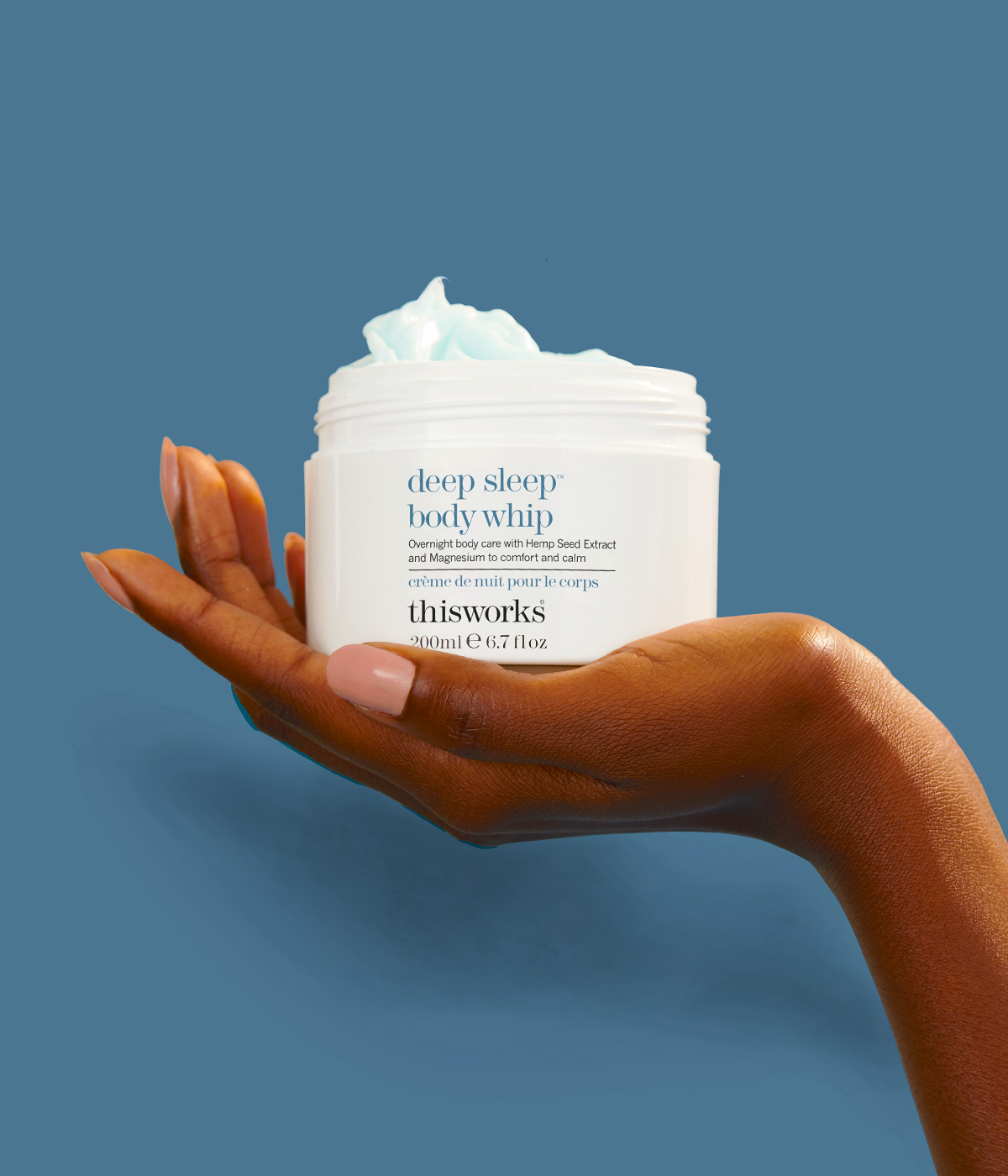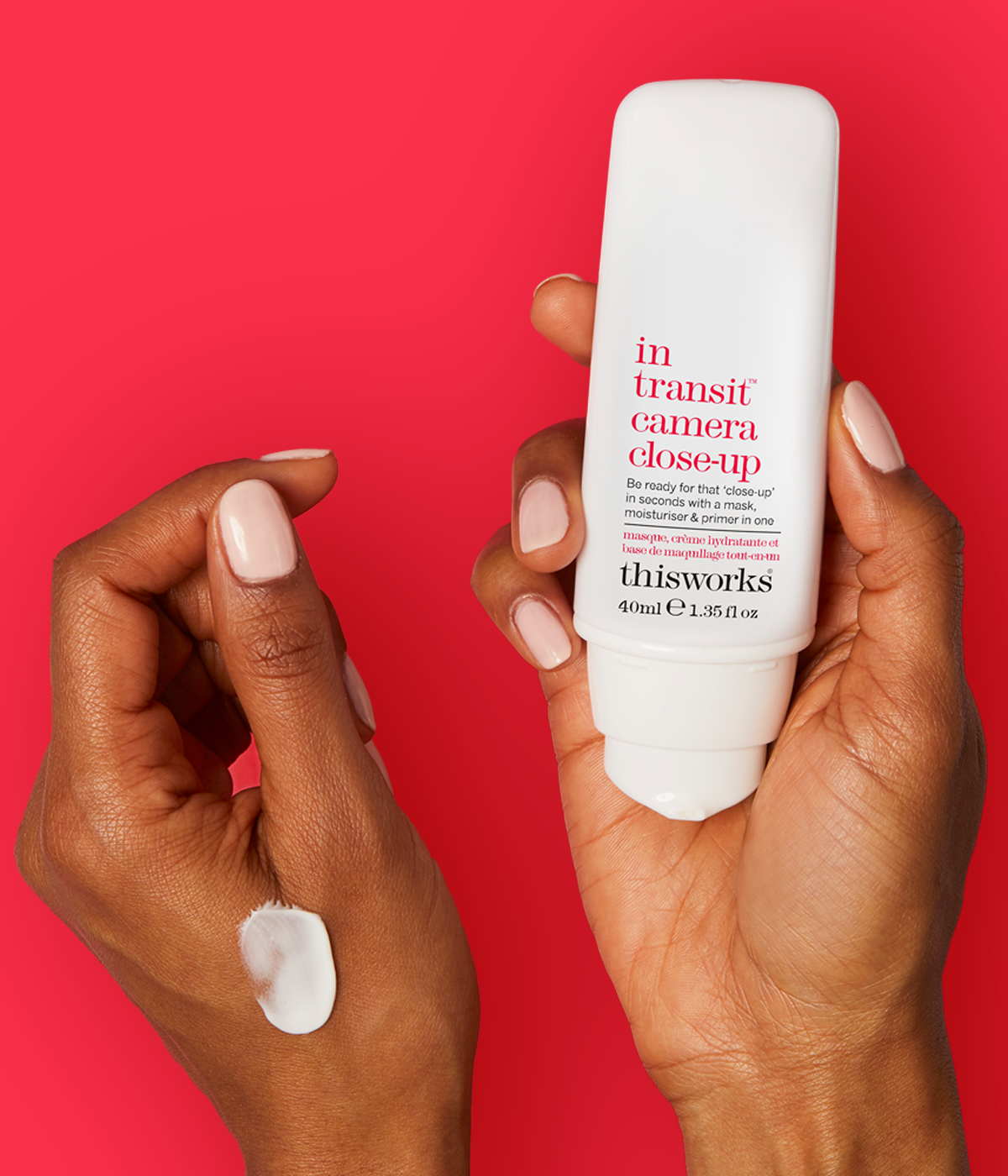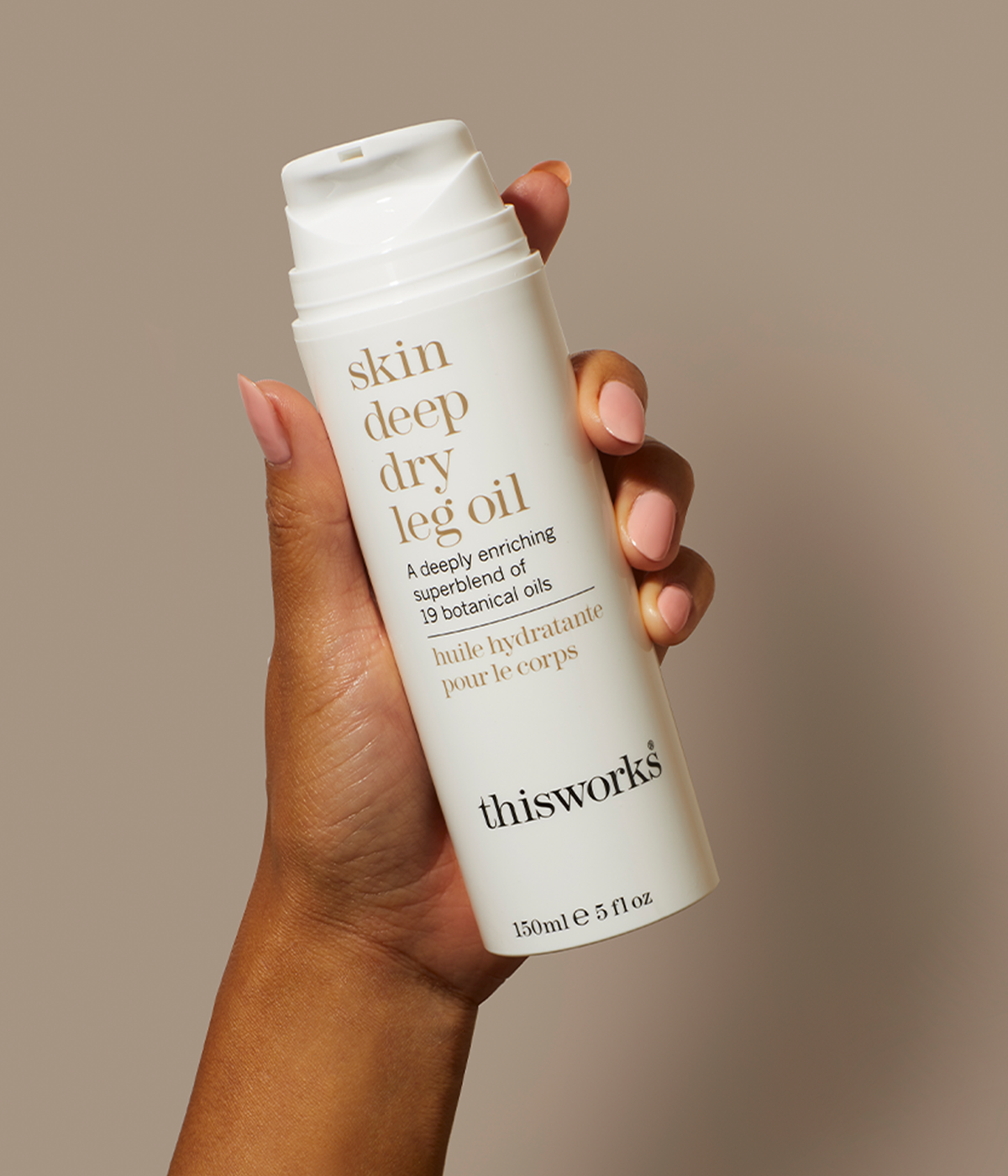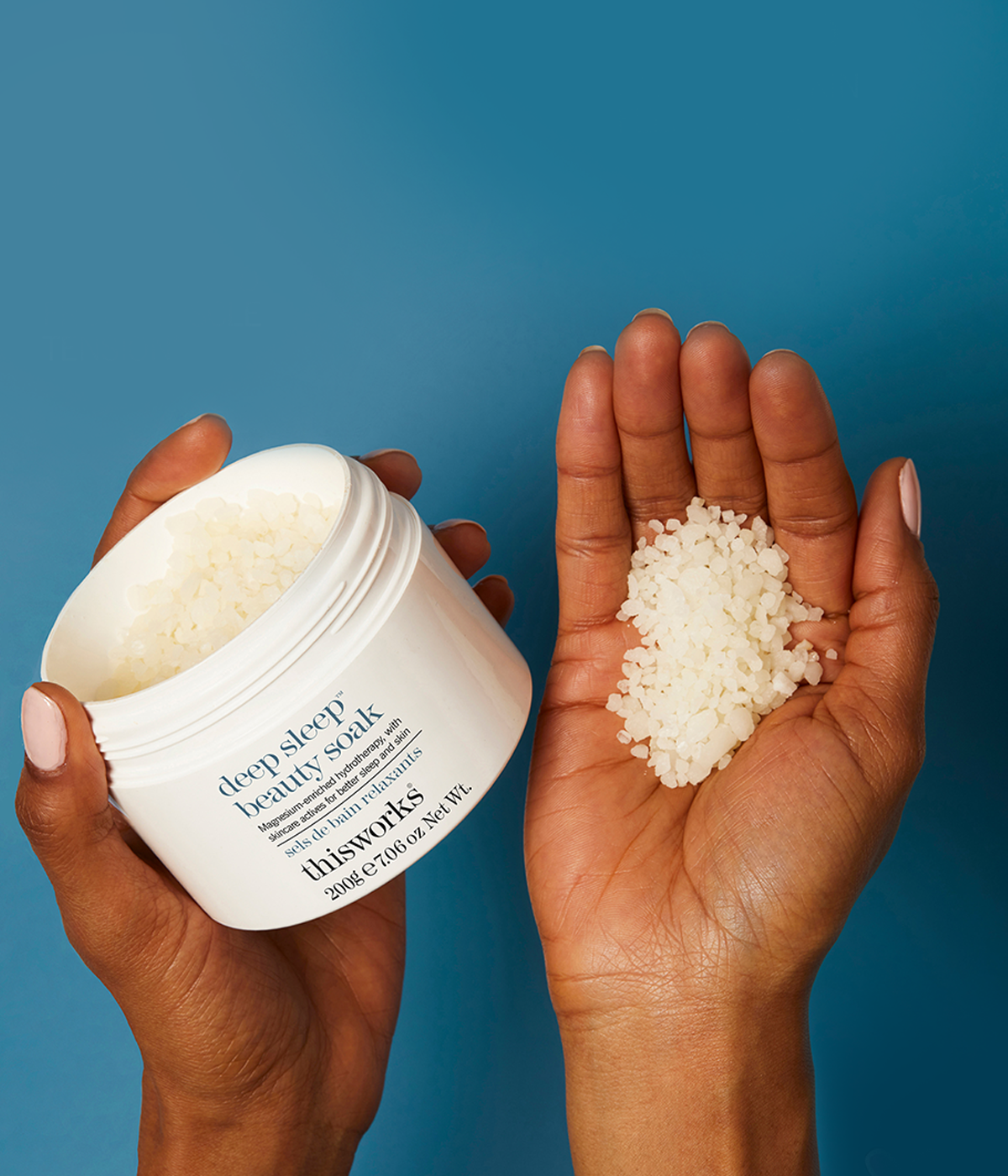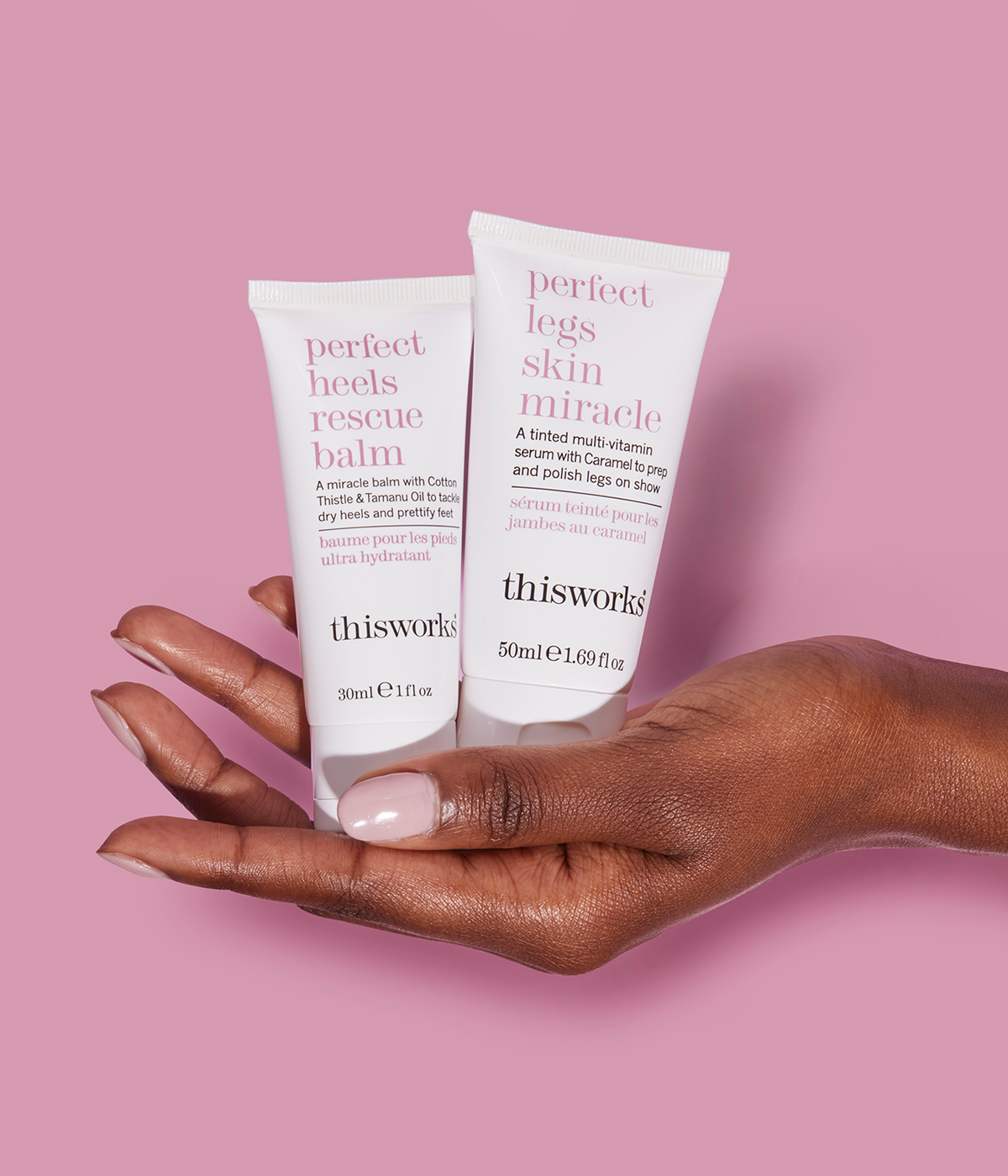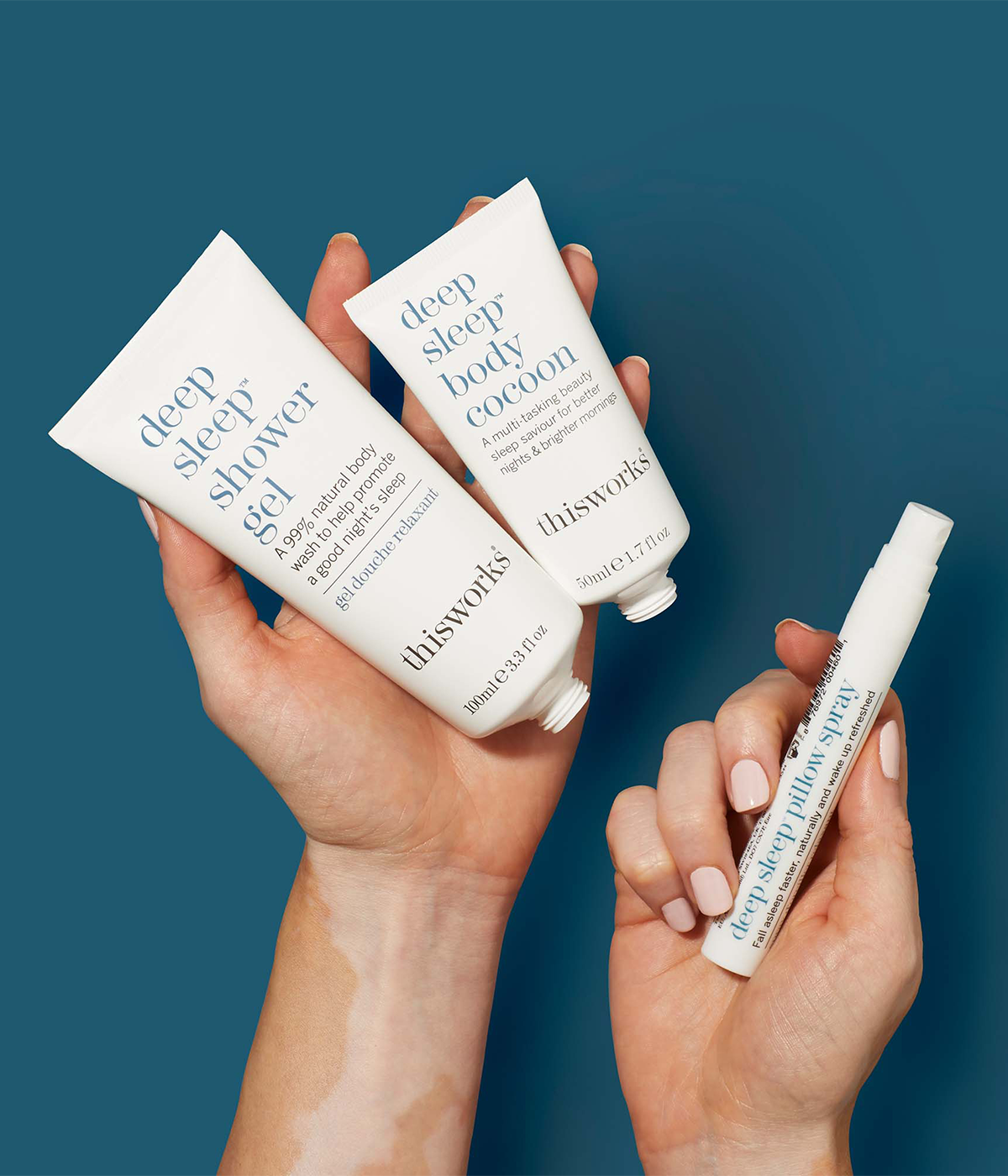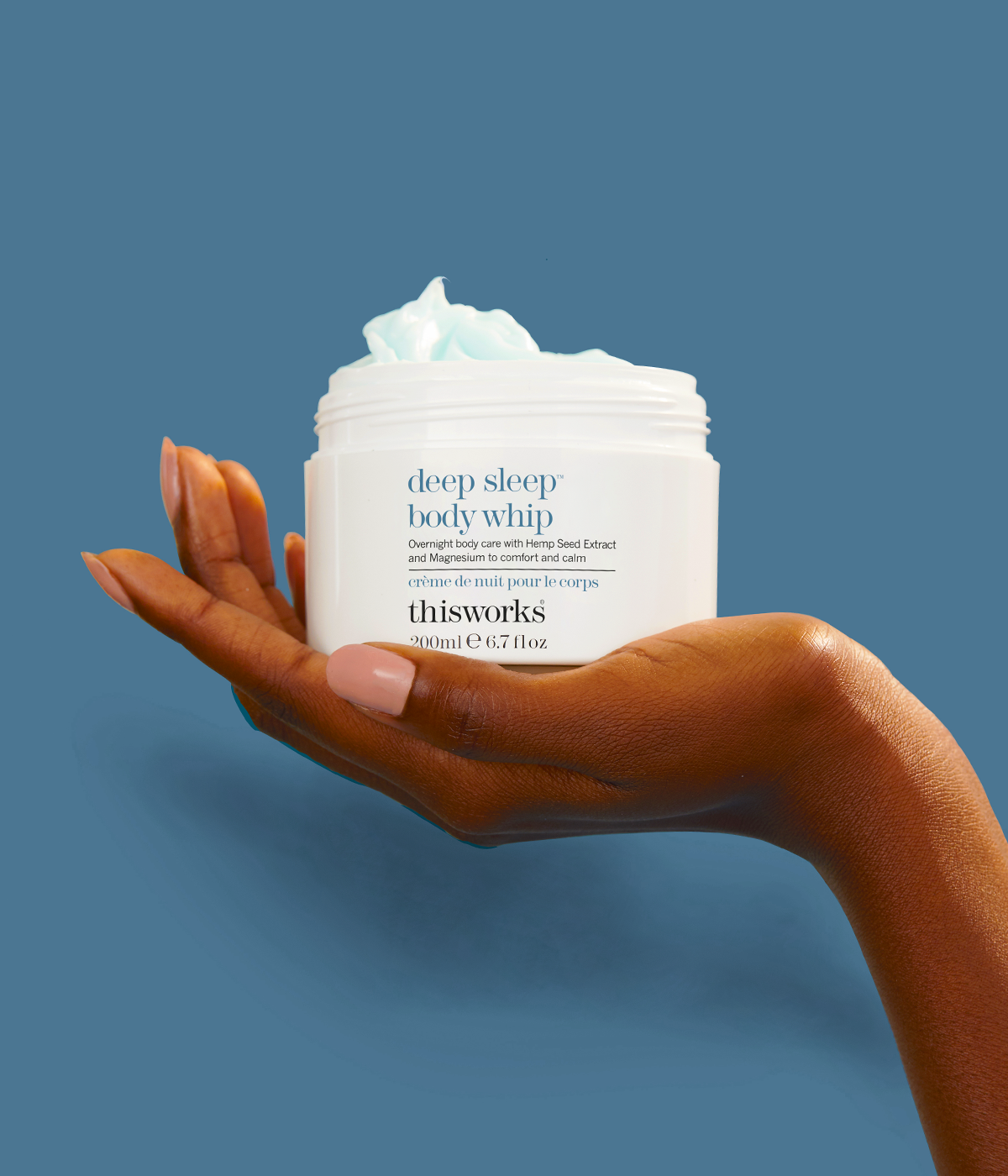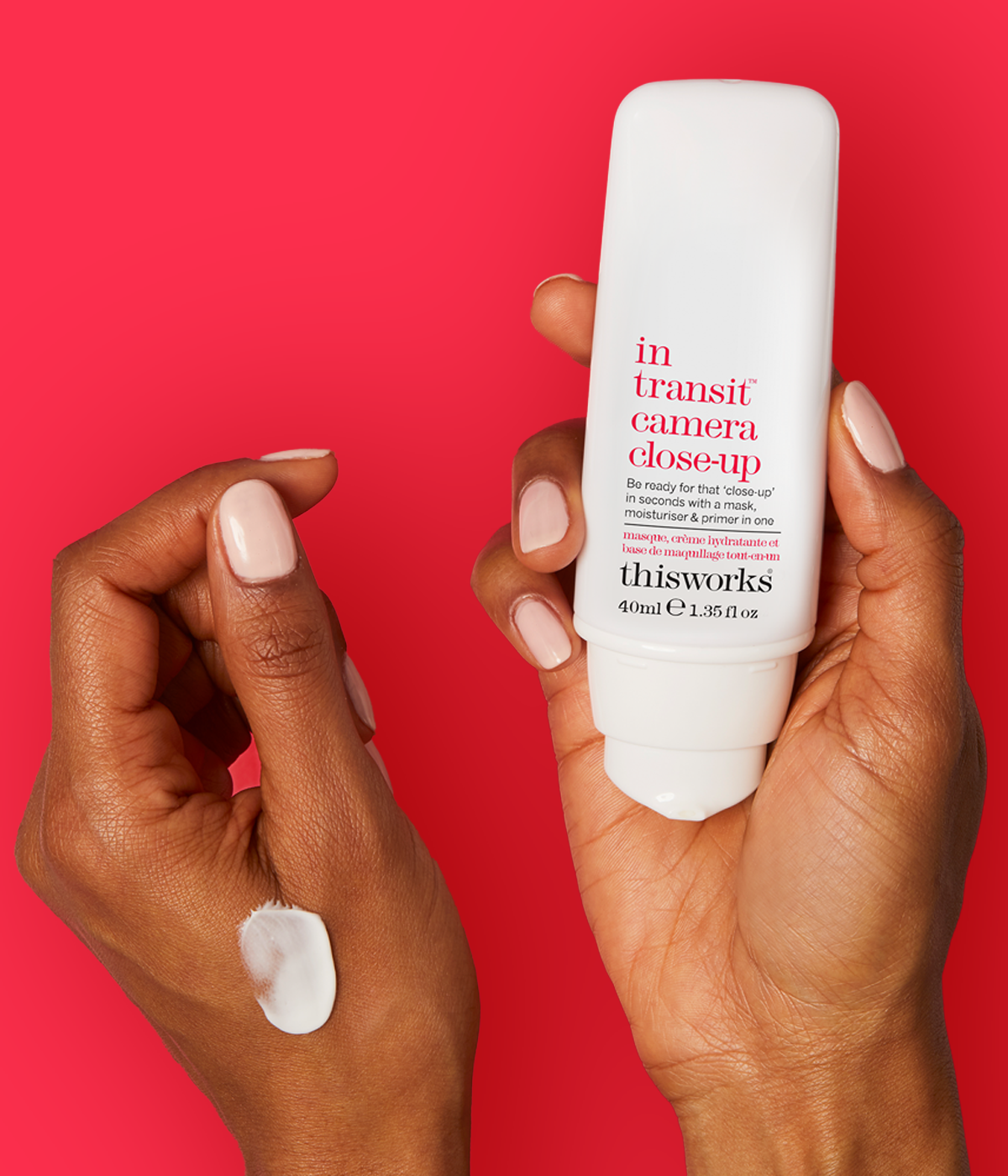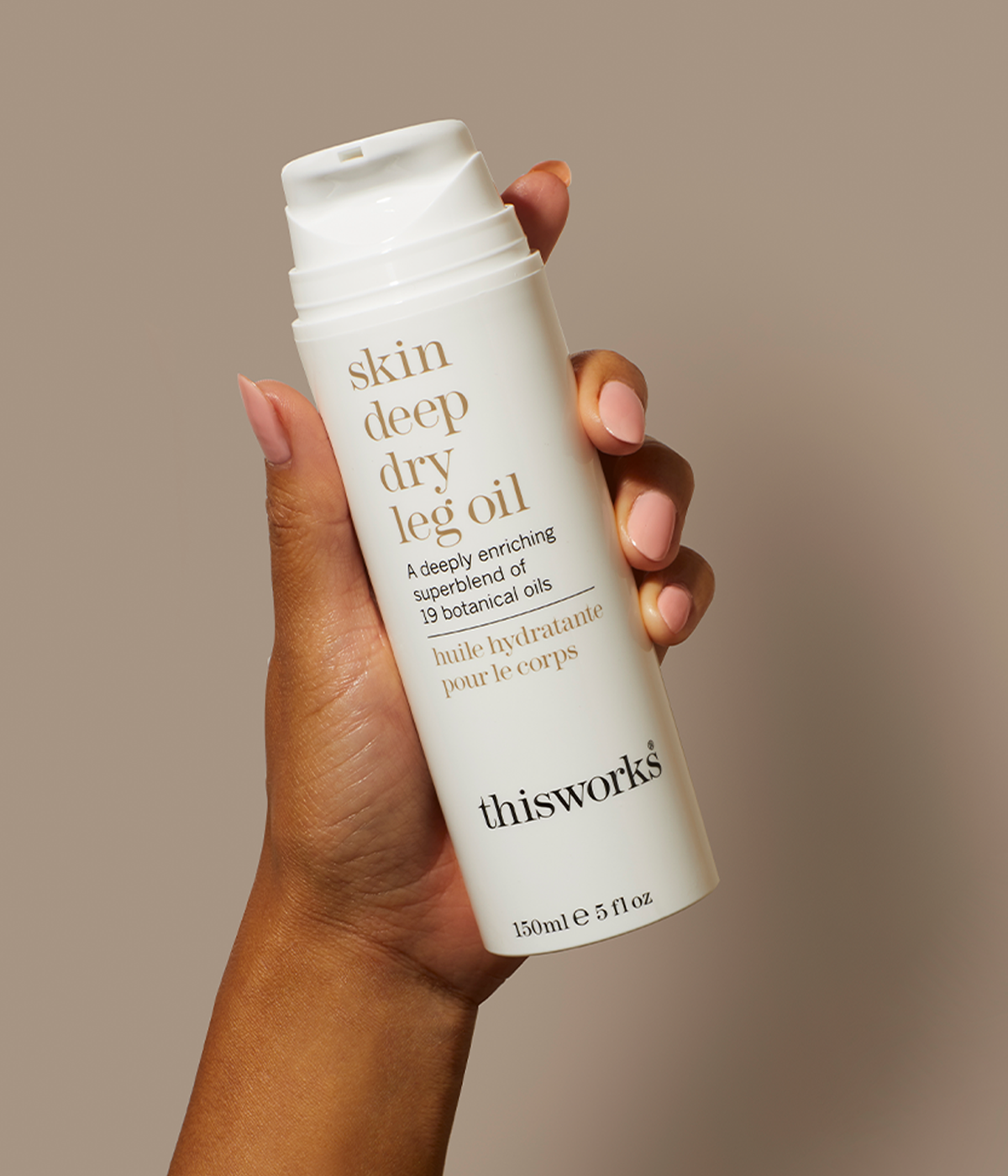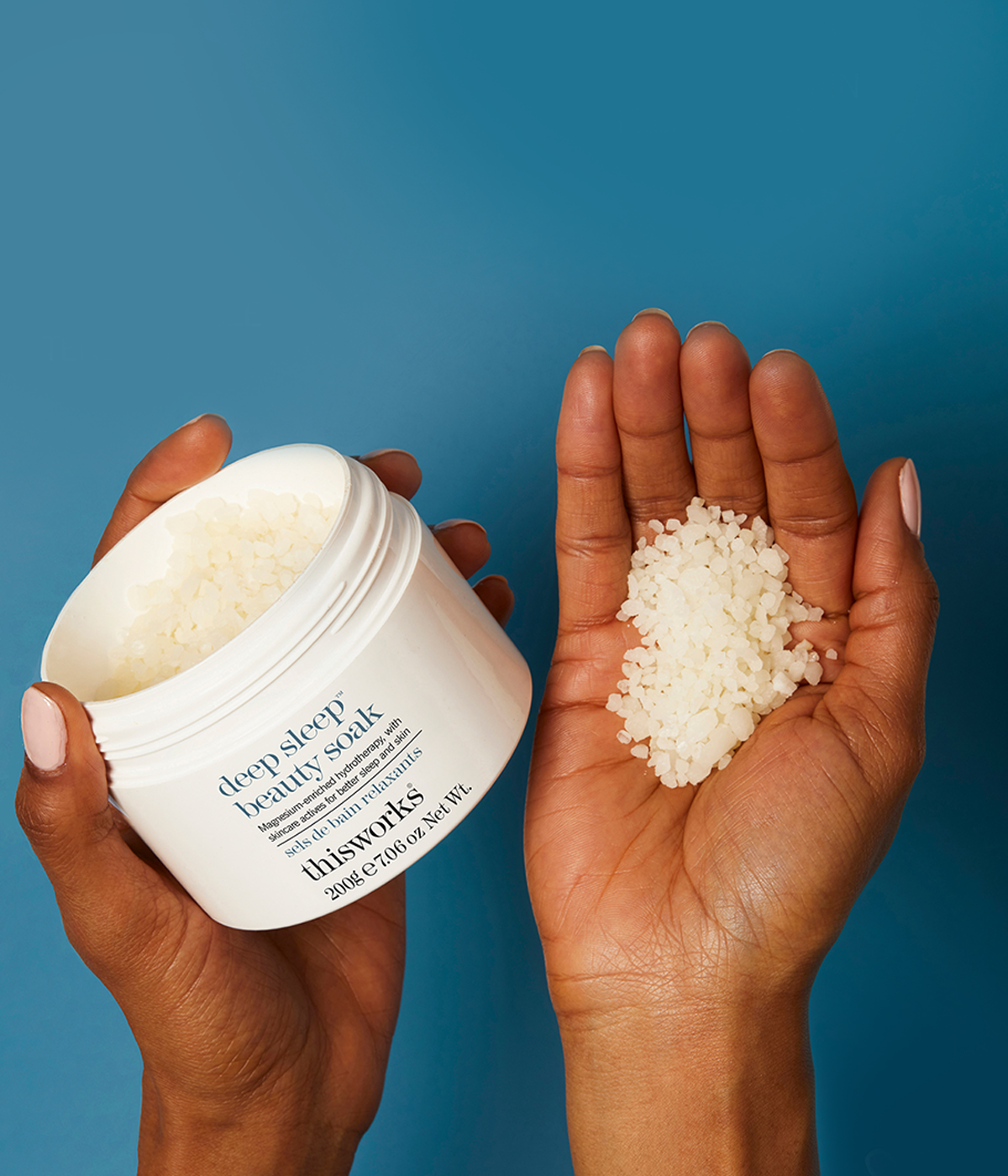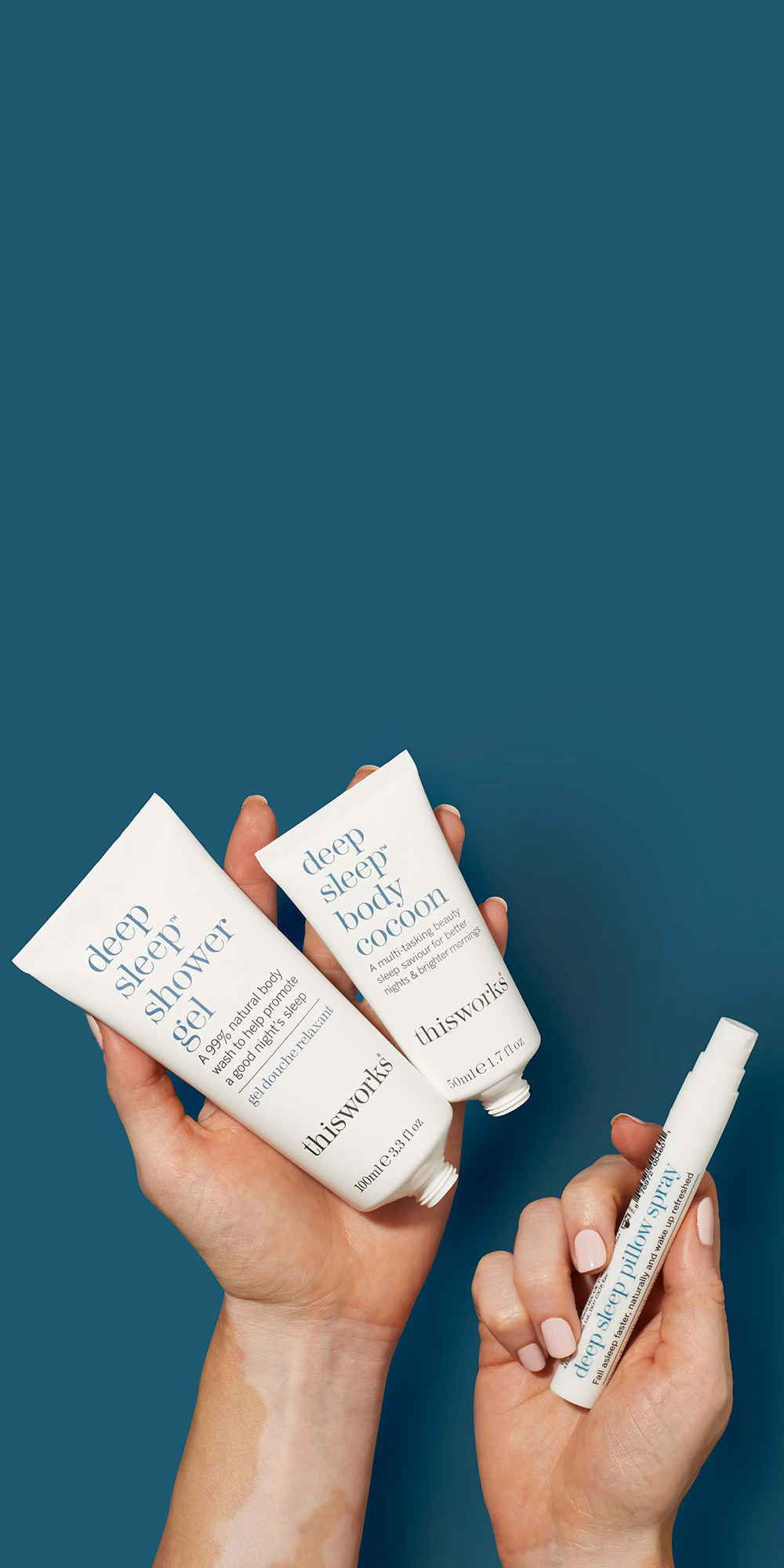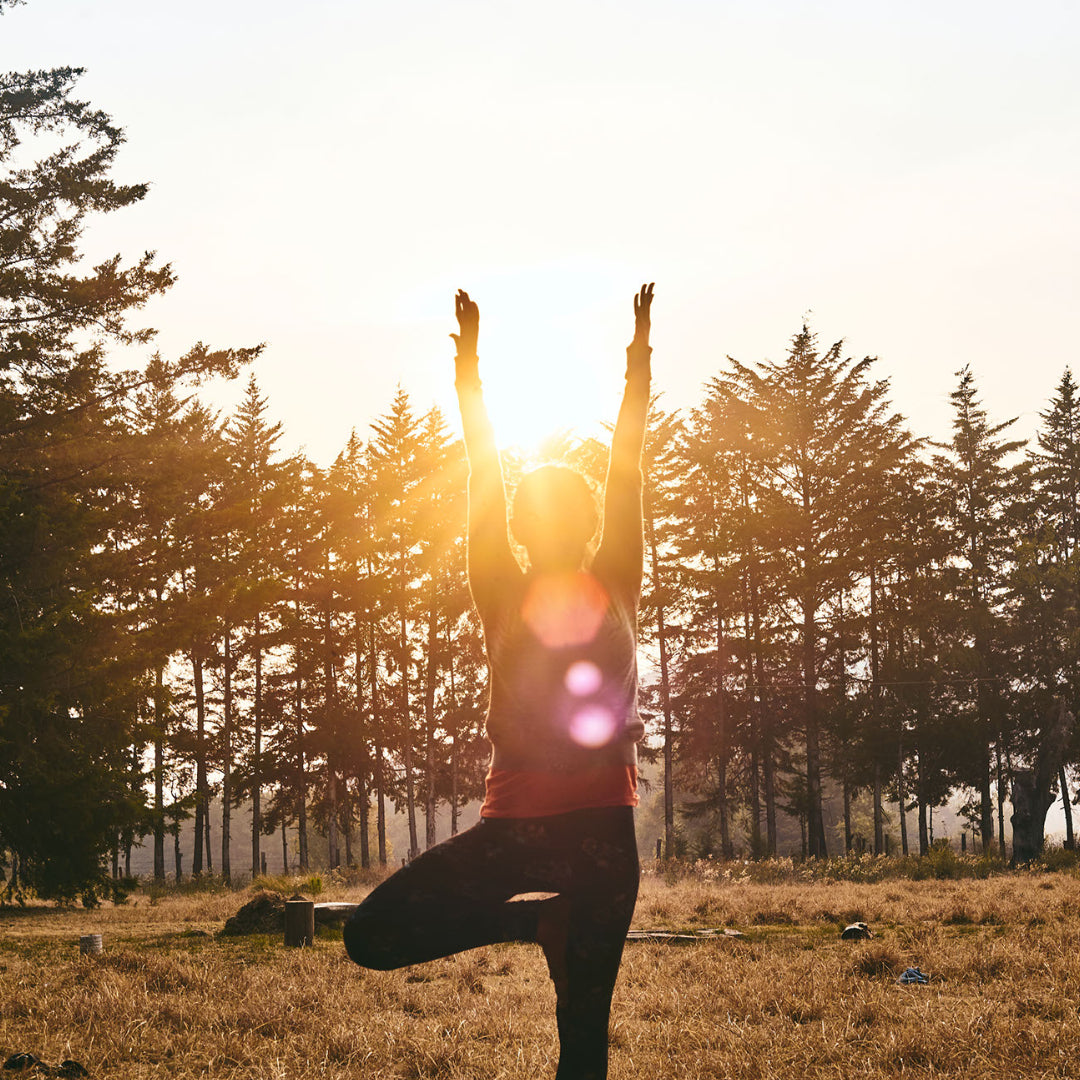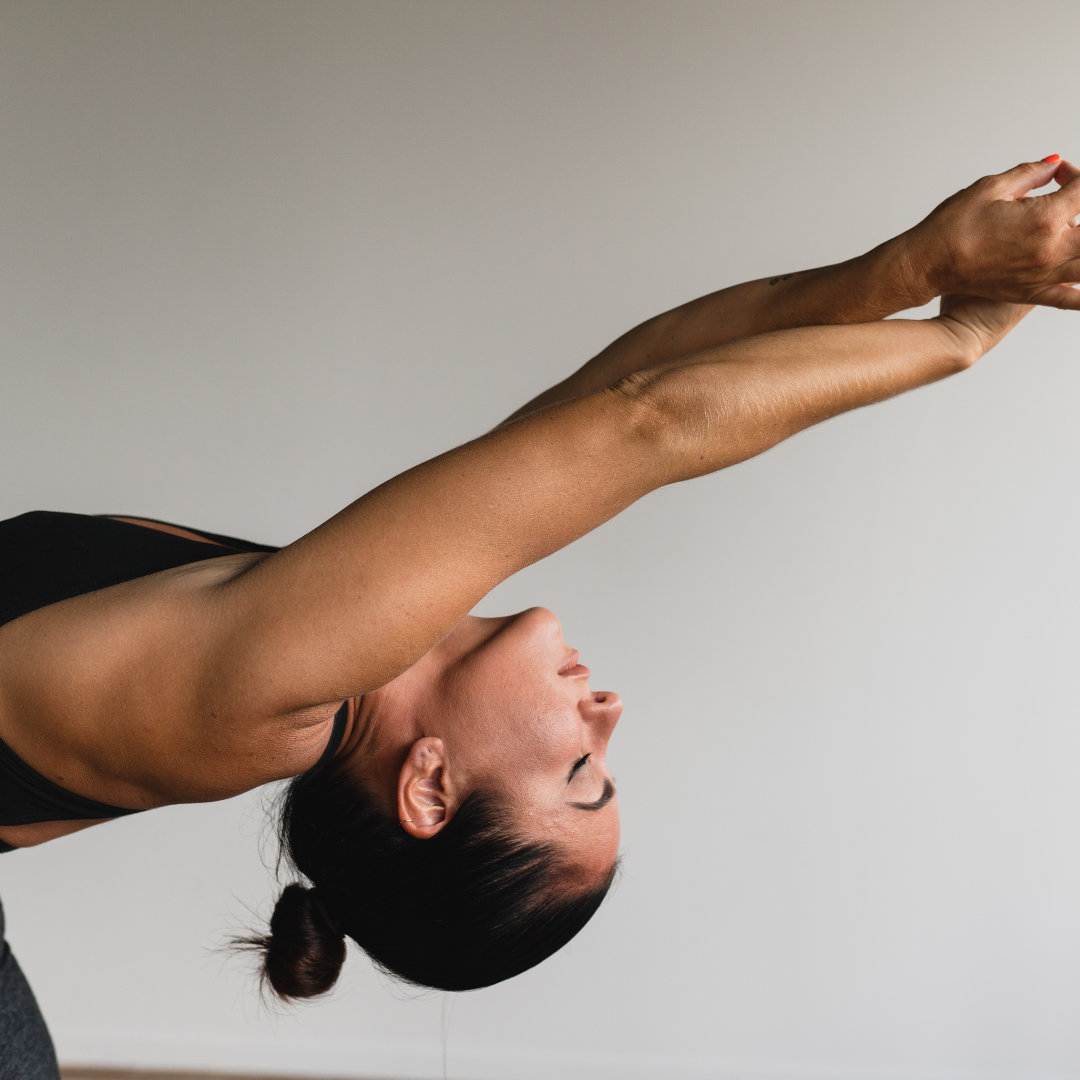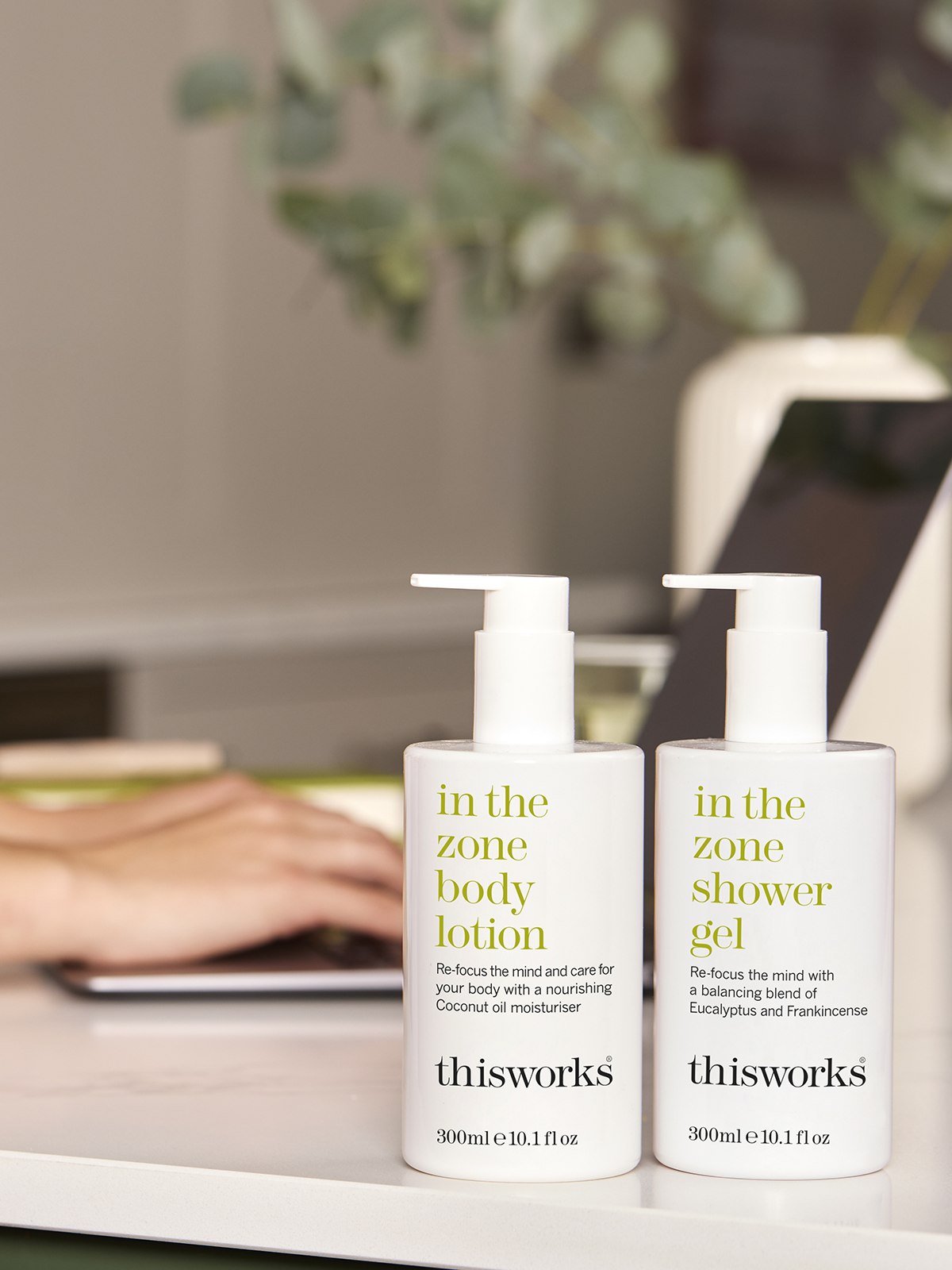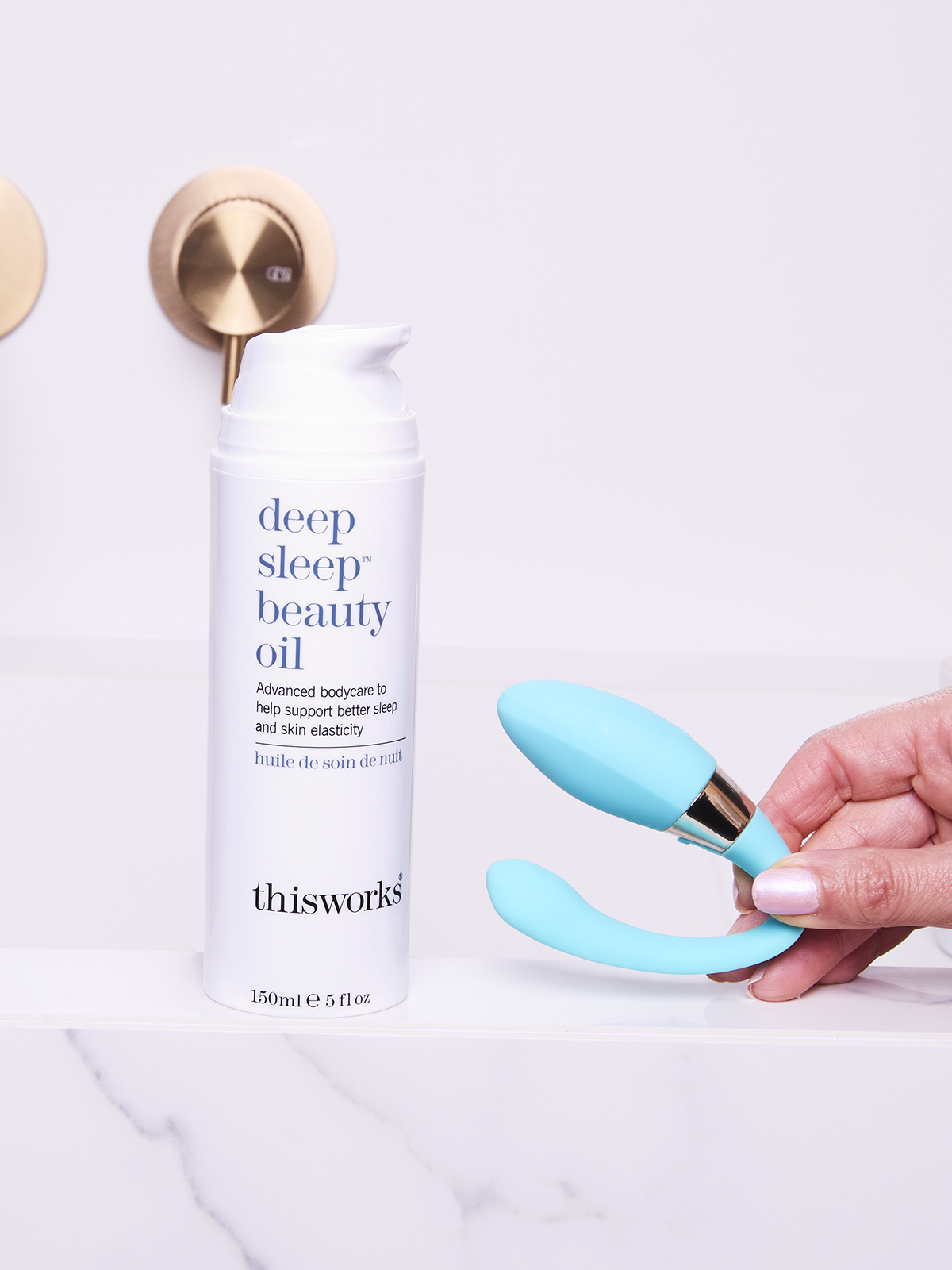why play helps regulate your nervous system with expert Lauren Baird
Feeling stuck in stress mode? Our expert psychotherapist Lauren Baird shares why play isn’t just for kids - it can be a powerful tool for regulating your nervous system and reconnecting with joy.

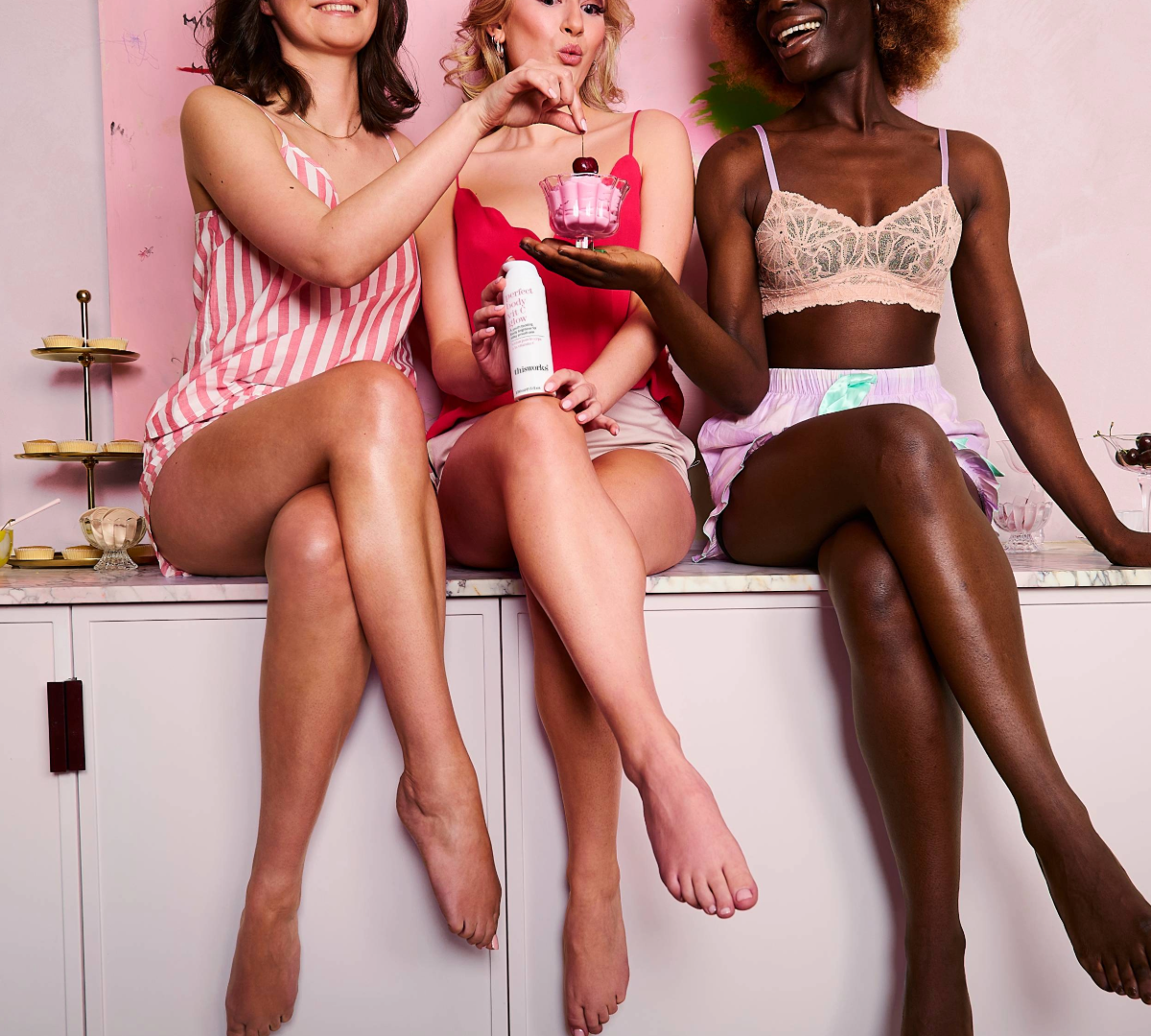
the missing piece in nervous system healing
When you think about play, what do you think of? People often tell me they think of children playing in parks, on monkey bars, with lego and dolls houses. But what if I told you that play isn’t just available to children? Adult’s accessing play is an important portal back to regulating your nervous system.
In the Western world, we are so often stuck in a loop of seriousness, productivity, and pressure. Our days are scheduled to the minute. Society prioritises outcomes over experiences, efficiency over wellbeing, and the result is so many adults who’ve forgotten how to play, be silly and have fun.
For some of us, we didn’t grow up in environments where play was encouraged. For some, play was seen as unproductive or even frivolous. If there was stress, trauma, or chaos at home, your nervous system likely didn’t feel safe enough to explore, laugh, or let go. If this was your experience, instead of learning to play, your nervous system had to learn to survive. But as a psychotherapist, I want to offer this: play isn’t something that only children do. As an adult, it can be a deeply restorative and regulating resource. In fact, it can be one of the most effective ways to return to safety, build flexibility in your nervous system, and connect back to yourself and others.
So, why don’t we regularly access play? We live in environments that place performance on a pedestal, whether that’s excelling at work or curating the perfect, Instagrammable home or life. This can make it tricky to let your guard down. Because play requires a level of safety, of co-regulation, of trust, and many of us live with a level of vigilance that makes play feel unfamiliar or even risky.
When our nervous system is shaped by environments that demand vigilance or performance, we can experience extended periods of time in sympathetic (fight/flight responses), where you feel anxious and vigilant or in shutdown states where you feel disconnected and flat. All of us experience periods of time inside these nervous system states, however if you’re experiencing heightened levels of stress or have a history of trauma, this can lead to longer periods of being what we call emotionally dysregulated: where you are often feeling anxious or shutdown.And unsurprisingly, dysregulation isn’t fertile ground for play because your system quite literally thinks you’re in danger and that something bad is going to happen.
As adults, this difficulty is compounded by the cultural scripts we’re fed: be busy, be productive, be serious. We internalise the belief that joy is earned, not intrinsic. So when we try to play, we feel self-conscious. Disconnected. Maybe even silly. The important thing here is: we still crave play, even if we don’t quite know it. Play is not just for children!
why play helps regulate the nervous system
From a nervous system perspective, play is often a blended state - you might be energised and mobilised (like running around in a football game), while also feeling safe, connected, and socially engaged. This mix of sympathetic and parasympathetic activation helps build nervous system flexibility and resilience, because you’re teaching your body that a little stress can be safe and manageable.
Here’s what play does:
- Pulls you out of your overthinking mind and into your body.
- Activates pleasant emotions like joy, curiosity and contentment.
- Often happens with others, creating moments of co-regulation.
- Builds your capacity to tolerate arousal, without overwhelm.
- Expands your window of tolerance.
In short, play is nervous system training. It allows you to experience activation without it being dangerous. You practise returning to baseline. You build tolerance for being seen, for spontaneity, for expression. And you don’t have to feel joyful to begin, sometimes the regulation comes through the play itself.
Types of play that support regulation? Play doesn’t have to mean sport or board games (though it can!). Here are some play activities you can access:
- Movement play: dancing around the kitchen, throwing a ball, messy yoga.
- Creative play: finger painting, doodling, singing loudly, cooking without a recipe.
- Sensory play: splashing in water, playing with textures, clay or slime.
- Social play: games, banter, laughter, shared hobbies.
- Solo play: playing with your pet, imagining stories, tinkering with something for fun.
There’s no “right” way to play, the only measure is: does this feel light, curious, absorbing, or freeing? Yes, it might feel awkward at first. Your thoughts might be like “you are so weird”, but that’s okay! You’re not doing it wrong; you’re leaning into accessing play which has likely been off the agenda for a long time.
One of the most powerful things about play is that it holds both activation and safety. Imagine the excitement of playing tag, laughing with a friend, or building something just for the joy of it. Play strengthens your ability to move between different nervous system states without becoming overwhelmed. It teaches your system that you can return to safety, even after activation. We often think regulation means "calm”, but it also means being able to move, express, connect and return. Play supports all of these.
play as co-regulation
Play also supports connection. Many forms of play, especially spontaneous, laughter-filled ones, involve co-regulation. You laugh together, take turns, adjust your tone or timing based on the other person. Whether you’re wrestling with a child, giggling with a partner, or playing cards with a friend, play helps two nervous systems sync up. I have a 3-year-old daughter and we’ve been playing with a lot of pirates after she comes home from nursery, rolling around the floor, making weird noises and laughing. This kind of safe, attuned connection is one of the most powerful regulatory tools we have, for both parent and child.
how to start reclaiming play?
- Start small. A song you love, a silly dance, 2 minutes of doodling.
- Expect awkwardness and gently lean into this experience.
- If it feels highly dysregulating, stop. It may mean you need to go slower.
- Let the goal be joy, not achieving outcomes.
- Be curious about what your inner child loved. What brought you into flow?
- Surround yourself with people who make space for being bonkers and silly.
You don’t need to wait until the to-do list is done. Play isn’t a reward for being good. It’s a pathway back to regulation and yourself. If you've spent most of your life in survival mode, play might feel unfamiliar, or even unsafe. But over time, it can become a safe place of deep reconnection.
